(January 31, 2022) India is shining amidst the 500 unicorns in the US with over 90 Indian descent founders, according to a study compiled by Ilya A. Strebulaev, professor of finance at Stanford University’s Graduate School of Business. Out of 1,078 founders across 500 US unicorns, 90 entrepreneurs were born in India. Here’s are five founders who featured on the august list.
Postman
Founder: Abhinav Asthana, 33
Year 2014
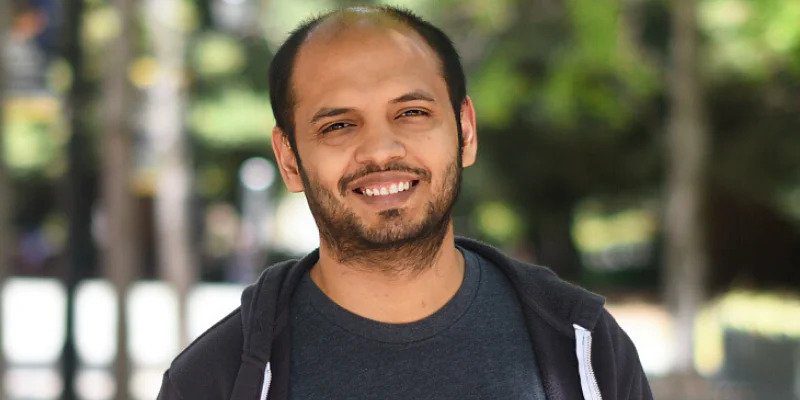
Who could have thought that API (Application Programme Interface) development platform Postman would become India’s highest valued SaaS (software-as-a-service) startup overtaking the likes of Freshworks and Icertis? But Postman scripted history by becoming the most valued Saas unicorn after raising $225 million at a valuation of $5.6 billion. Founded in 2014 by Abhinav Asthana, the Indian startup is an enterprise SaaS platform for API development, and helps product management, developer operations and engineering departments to collaborate and accelerate the software development process.
In a digital world, simplification of app writing or app testing and helping millions of apps to interact with each other is a huge business, and Postman’s founder is helping build powerful and effective APIs. Calling for the need of API product managers and designers, he tweeted, “System architects are also handicapped by their own understanding of the internals of the systems they have built. Again, nobody cares. If you want the adoption of your API to grow, replace these people with API product managers and designers who can empathise with customers.”
Abhinav was just 13 when he started designing websites but his entrepreneurial journey began at BITS Pilani, which later took him to the US where he started Postman.
With over 17 million users and 500,000 organisations on its platform, Postman is helping foster a strong and thriving API ecosystem.
Workato
Founder: Vijay Tella, 56
Year 2013
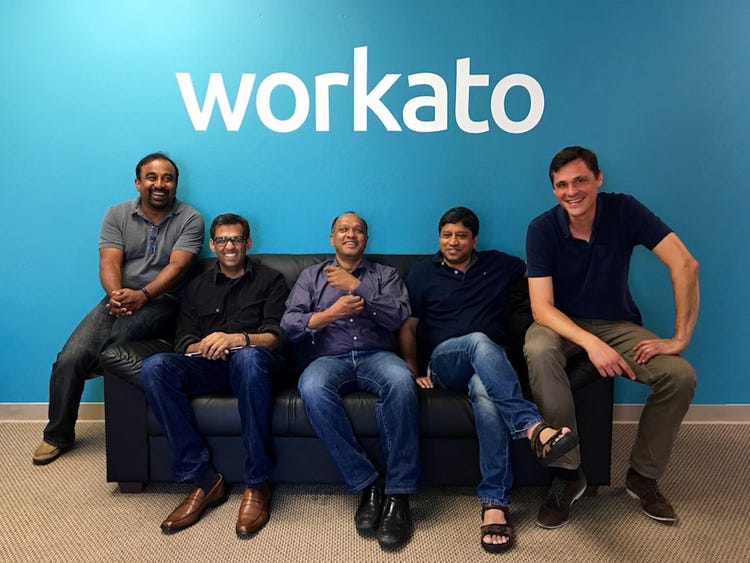
Founded in 2013 by Vijay Tella, Harish Shetty, Gautham Viswanathan, Dimitris Kogias and Alexey Timanovskiy, Workato lets companies integrate a range of data and apps to automate business workflows. The platform delivers robotic process automation, integration platform as a service, business process automation, and chatbot capabilities in a solution designed to enable IT and business teams to collaborate keeping security, compliance and governance in mind. According to the company website, its founding team has been largely involved in building some of the earliest integration platforms. They came together once again to re-imagine integration for an Indian startup and Workato is a result of this.
The company recently raised $200 million which took Workato’s valuation up to $5.7 billion. In a statement, Tella said, “It has been an incredible journey being at the front of this next wave of automation with our customers and partners, and we are excited to see what the next year will bring. Connectivity is where the rubber meets the road for our customers. Their first question is often ‘Can you work with all my applications?’ Workato is the leader in integration with support for the most number of applications, over a 1,000, in the market today.” The leading enterprise automation platform was awarded Employee Onboarding Solution of the Year Award in the 2020.
Automation Anywhere
Founder: Mihir Shukla
Year 2003
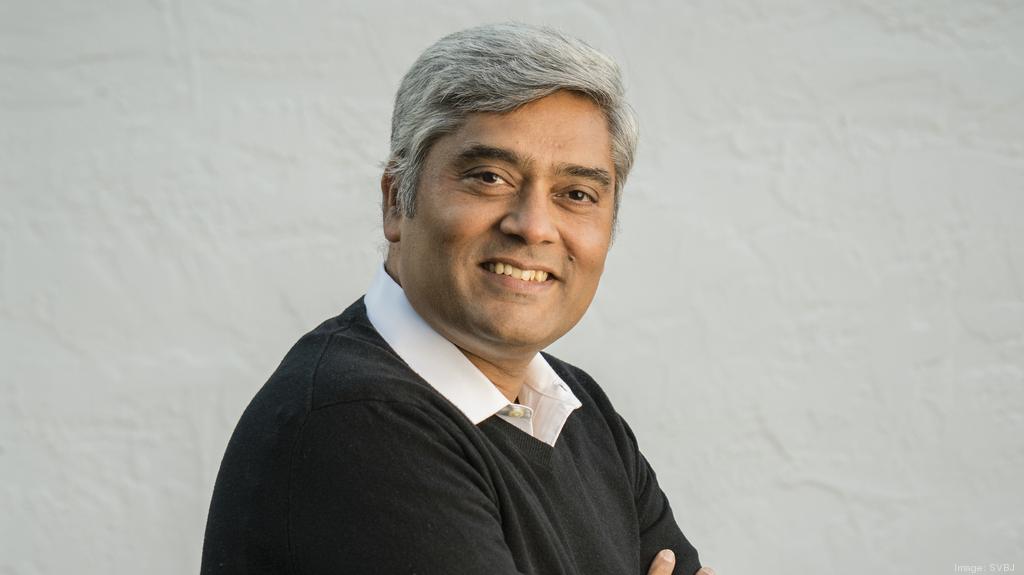
The explosion of bots automating business processes has created a big opportunity for Automation Anywhere catapulting it into the league of Silicon Valley’s highest-valued unicorn startups with a $300 million funding. “Never before has there been such a transformative shift in the way we work, with artificially intelligent software bots changing how people, processes and technology interact for productivity gains,” said Mihir Shukla in a statement.
It was in 2003 that Mihir Shukla, Neeti Mehta Shukla, Ankur Kothari and Rushabh Parmani joined hands to begin Tethys Solutions, later rebranded as Automation Anywhere in 2010, to help develop robotic process automation software. The Indian startup provides cloud-native and web-based solutions to help organisations rapidly start and scale their process automation journey. A visionary in the automation space, Shukla is named as one of the top 50 Best CEOs for large companies from Comparably.
Instacart
Founder: Apoorva Mehta, 36
Year: 2012
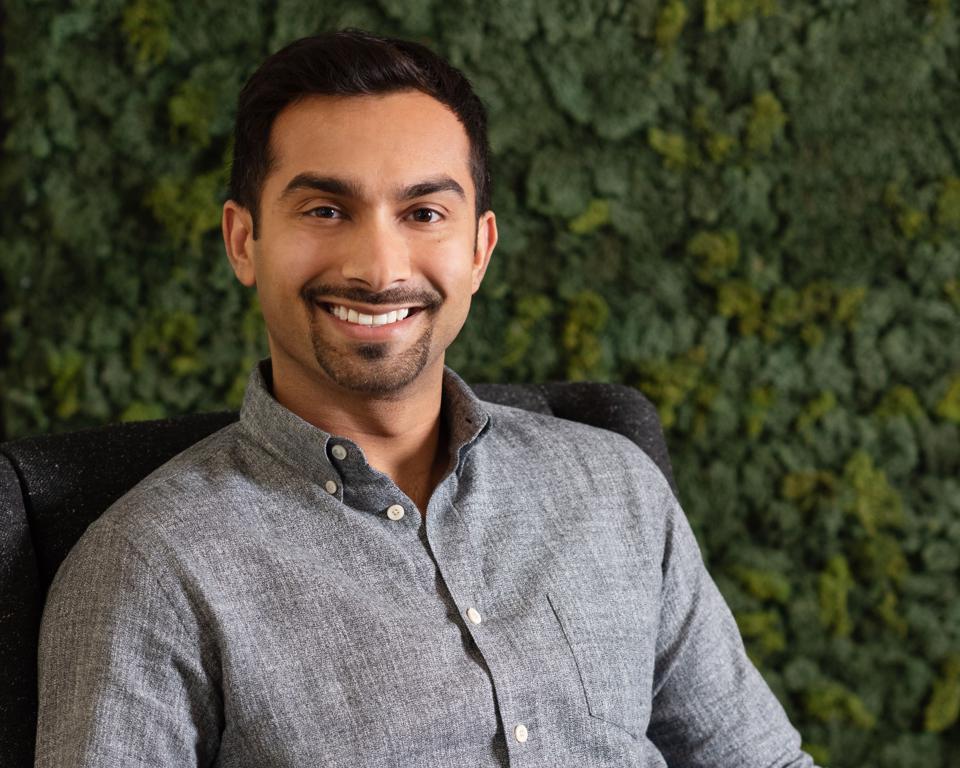
Backed by marquee investors like Sequoia Capital, Andreessen Horowitz and Khosla Ventures, grocery delivery and pick-up startup Instacart came as a godsend for many Americans during the pandemic. The Indian startup company reached a valuation of $39 billion in March 2021. Founded in 2012 by Apoorva Mehta, Instacart saw a drastic increase in profits when the pandemic forced a change in lifestyles. The grocery delivery and pick-up startup offers services in the US and Canada via a website and mobile app and allows customers to order groceries using personal shoppers.
In 2021, Mehta stepped down as CEO, and assumed the role of executive chairman. He tweeted, “I’m excited to share that we’ve recruited @fidjissimo to join us as Instacart’s new CEO as I transition to executive chairman on August 2. As one of the most formidable consumer tech leaders in the world, I’m thrilled to partner with Fidji.” At 33, Mehta went on to become one of the youngest billionaires in history. Mehta, a former Amazon employee, was born in India and moved to Canada in 2000. An engineering graduate from the University of Waterloo in Ontario, he worked with companies such as Blackberry and Qualcomm, before branching off on his own. In 2013, he was featured in the Forbes 30-under-30 list. In 2016, he made it to America’s Richest Entrepreneurs Under 40 list and in 2021 he was included in the TIME100 Next.
Lacework
Founder: Vikram Kapoor
Year 2015

Founded by Vikram Kapoor, Lacework is a data-driven security platform for the cloud. The Lacework Cloud Security Platform is powered by Polygraph, and the start-up automates cloud security at such a scale that its customers can innovate with speed and safety. The Indian startup, Lacework has customers all over the globe who depend on the organisation to drive revenue, bring products to market faster and safer and consolidate point security solutions into a single platform.
Founded by Kapoor in 2015, it is headquartered in San Jose, Calif, with offices globally. Backed by Sutter Hill Ventures, Altimeter Capital, Liberty Global Ventures, and Snowflake Ventures, etc, in a short span of seven years, the startup has earned good accolades. It emerged as Data Privacy Day Champion in 2018 and 2020 respectively by the National Cybersecurity Alliance.
Vikram Kapoor, as co-founder and CTO leads the company’s strategic technology and architecture roadmap. Prior to Lacework, Vikram led Bromium’s engineering team in delivering solutions supporting Bromium’s vision and business goals. Before this, he managed the Database Storage Engine group at Oracle RDBMS and was the lead architect for Exadata technologies.
Kapoor studied at the Indian Institute of Technology, Benares Hindu University, Varanasi before doing an MS in computer science at the University of Minnesota.
“Since we moved to the cloud, it’s very hard to take a hardware box to the cloud, even with the virtual boxes, it’s really not that clean, or with good architecture, so what we found was that was that you really need a new way to think about it. And we think about it as really a big data problem,” Vikram explained on a youtube interview at KubeCon + CloudNativeCon NA 2019.



 Rishi Sunak. Photo credit: Rishi's
Rishi Sunak. Photo credit: Rishi's 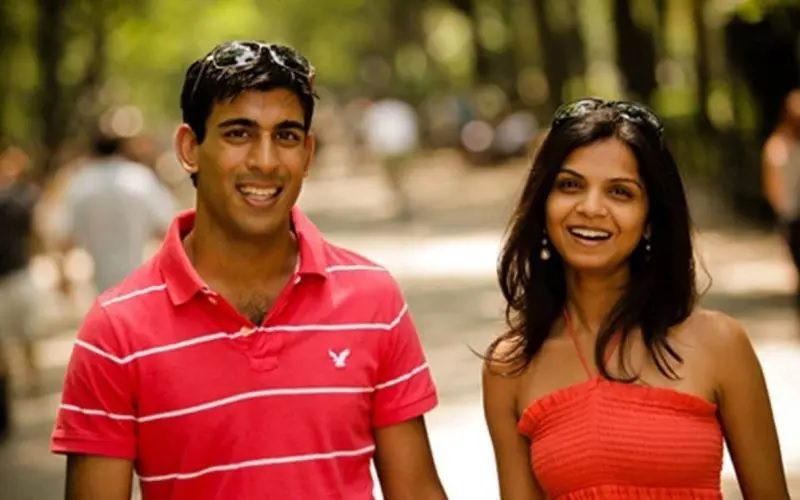 Rishi Sunak with his wife, Akshata Murty[/caption]
Rishi Sunak with his wife, Akshata Murty[/caption]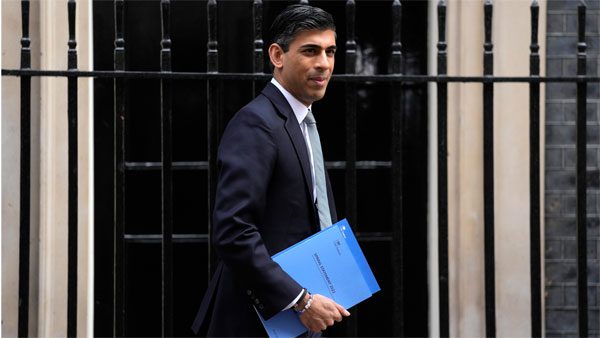

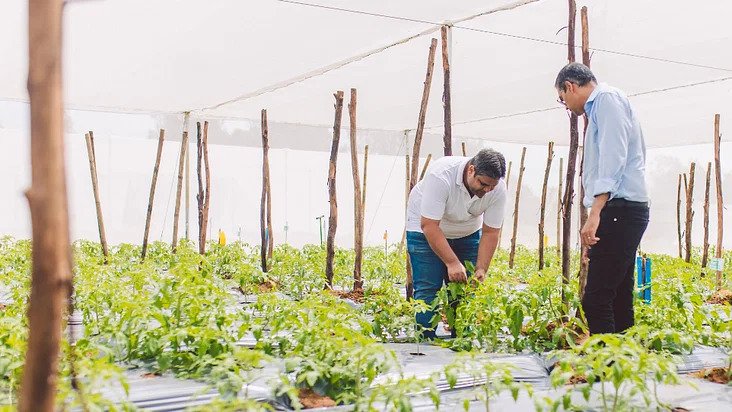 Greenhouse-in-a-box[/caption]
Greenhouse-in-a-box[/caption]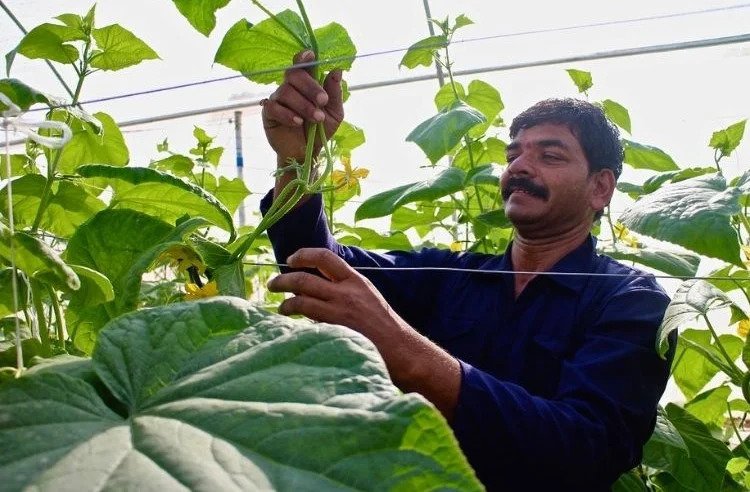

 Harnaaz Sandhu, Miss Universe India 2021, wearing Saisha Shinde's creation.[/caption]
Harnaaz Sandhu, Miss Universe India 2021, wearing Saisha Shinde's creation.[/caption] Saisha Shinde[/caption]
Saisha Shinde[/caption]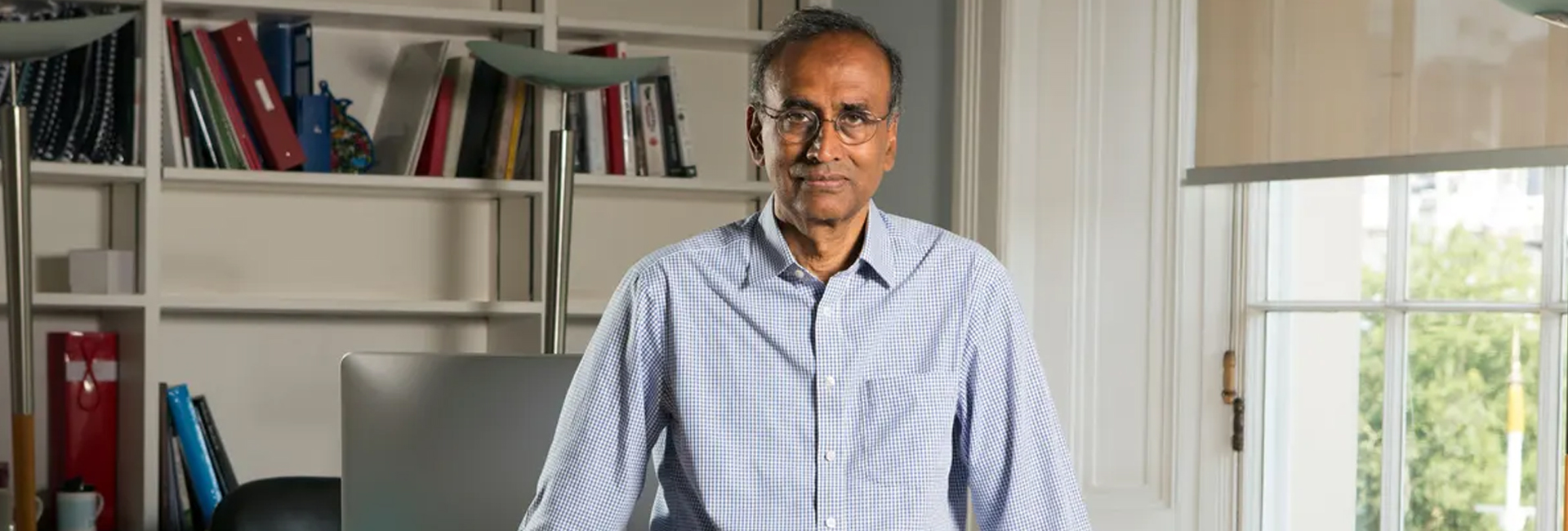

 Dr Ramakrishnan receiving Nobel Prize in Chemistry from King Carl XVI Gustaf of Sweden in 2009[/caption]
Dr Ramakrishnan receiving Nobel Prize in Chemistry from King Carl XVI Gustaf of Sweden in 2009[/caption]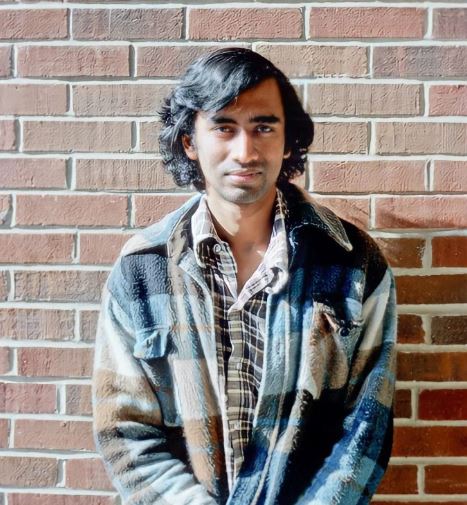 Dr Ramakrishnan in early days of his life[/caption]
Dr Ramakrishnan in early days of his life[/caption]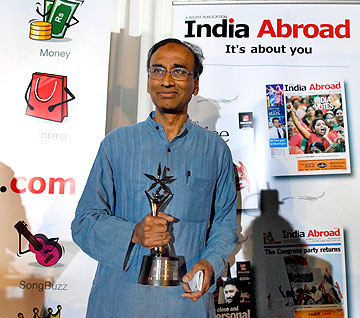
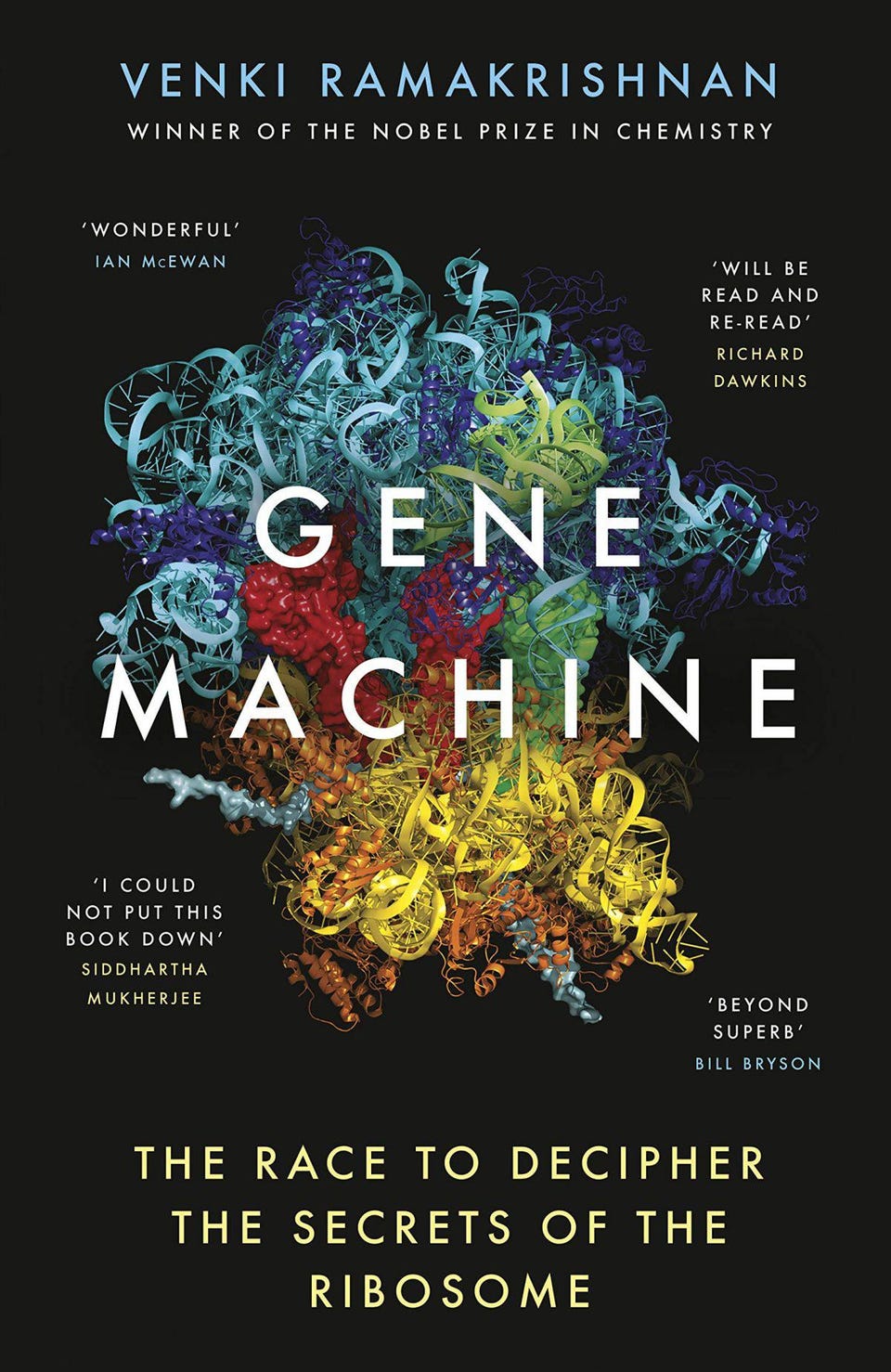 Cover of Dr Ramakrishnan's book on ribosome[/caption]
Cover of Dr Ramakrishnan's book on ribosome[/caption]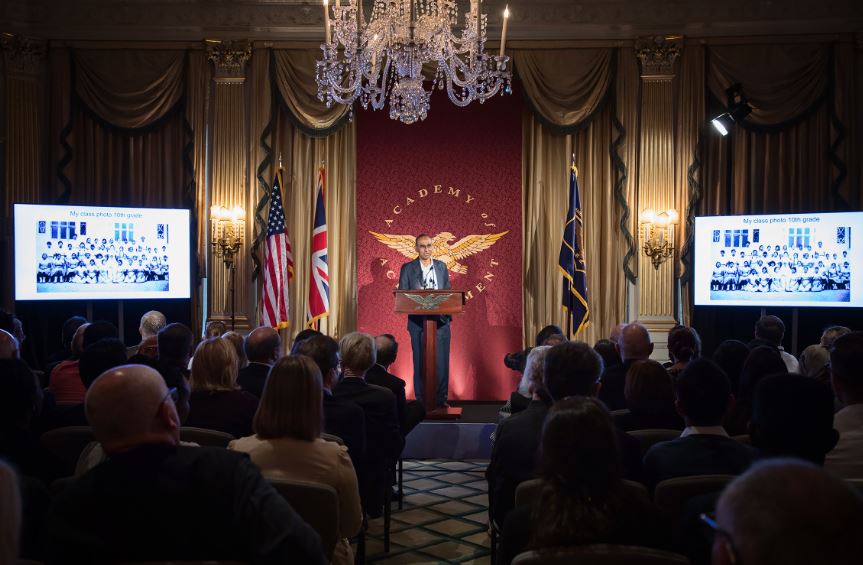 Dr Ramakrishnan addresses summit delegates in Mayfair, London in 2017 | Photo Credit: Academy of Achievement[/caption]
Dr Ramakrishnan addresses summit delegates in Mayfair, London in 2017 | Photo Credit: Academy of Achievement[/caption]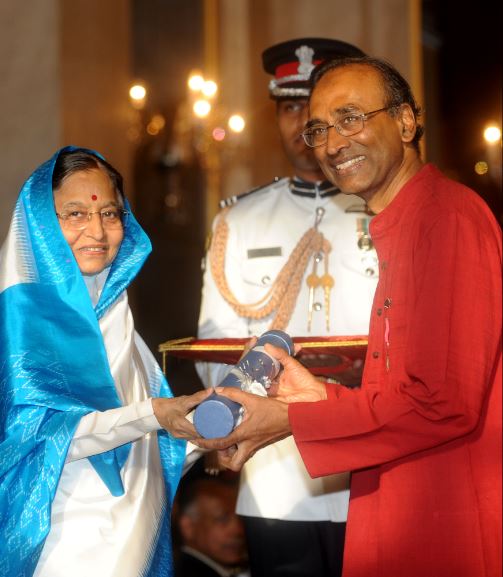 Dr Ramakrishnan receiving Padma Vibhushan from former President, Pratibha Patil in 2010[/caption]
Dr Ramakrishnan receiving Padma Vibhushan from former President, Pratibha Patil in 2010[/caption]